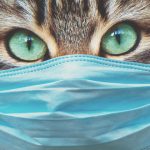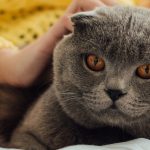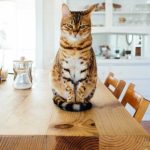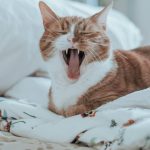Table of Contents
Cats can drool for a myriad of reasons, some benign and others signaling potentially serious health concerns. Often, cats may exhibit drooling as an expression of pleasure and relaxation, particularly noticeable during affectionate petting sessions or while they are purring contentedly. However, drooling can also be a symptom of underlying dental issues, including periodontal disease, tooth abscesses, or inflamed gums, which can cause discomfort and necessitate veterinary attention.
Moreover, cats are curious creatures prone to oral injuries or foreign objects getting lodged in their teeth or throat, leading to drooling. Other health-related causes of drooling in your feline friend could be nausea or digestive distress, possibly induced by motion sickness or other gastrointestinal issues. Additionally, exposure to toxins, such as poisonous plants or household chemicals, may result in drooling as an immediate bodily response. In extreme weather conditions, heatstroke is another factor to consider as a cause for drooling.
Decoding Cat Drooling: Normal vs Abnormal
Understanding when your cat’s drooling is a normal behavior or a sign of distress is crucial for their well-being. Normal drooling is usually occasional and linked to pleasurable experiences. In contrast, abnormal drooling may include symptoms like bad breath, pawing at the mouth, or a decreased appetite. It’s important to monitor your cat and consult a veterinarian if abnormal signs persist.
The Curious Case of Happy Drooling
Occasional drooling in cats can sometimes be a sign of happiness, especially when they are feeling relaxed and content in your company. Unlike dogs, for whom drooling is more commonplace, cats that drool during moments of enjoyment, such as during car rides or when being petted, are typically expressing their comfort and affection. While this type of drooling is generally not a cause for concern, if it is accompanied by signs of stress or fear, it may be temporary and should cease once the stressor is removed.
Oral and Dental Concerns
Dental issues are a common cause of excessive cat drooling. Cats can develop various mouth issues like mouth ulcers, resorptive lesions, and dental problems that may not be immediately noticeable to pet owners. These dental concerns can lead to significant discomfort and may manifest in symptoms such as difficulty eating or bad breath. Regular dental cleanings and oral exams are important to catch and treat these conditions early, preventing your cat from suffering unnecessarily.
Nausea and Gastrointestinal Issues
Cats experiencing nausea or gastrointestinal problems, such as kidney disease, may drool more than usual. Nausea can impair organ function, leading to drooling as a side effect. Identifying the underlying cause of these symptoms is essential, and veterinarians can assist with appropriate diagnostics and treatment to alleviate your cat’s discomfort and restore its health.
Foreign Objects and Blockages
The curiosity of cats often leads them to explore with their mouths, which can result in foreign objects causing trauma to the mouth and drooling. If you notice your cat’s mouth is in distress, they may have encountered something that is causing an obstruction or injury. A thorough examination by a veterinarian can help determine if there is a foreign object lodged in your cat’s mouth that needs to be removed.
Exposure to Toxins
Exposure to certain toxins, including poisonous plants and chemicals, can lead to excess salivation in cats. If you suspect your cat has been exposed to any harmful substances, immediate veterinary care is necessary. Prompt identification and treatment are crucial to prevent further absorption of the toxin and to ensure the safety of your pet.
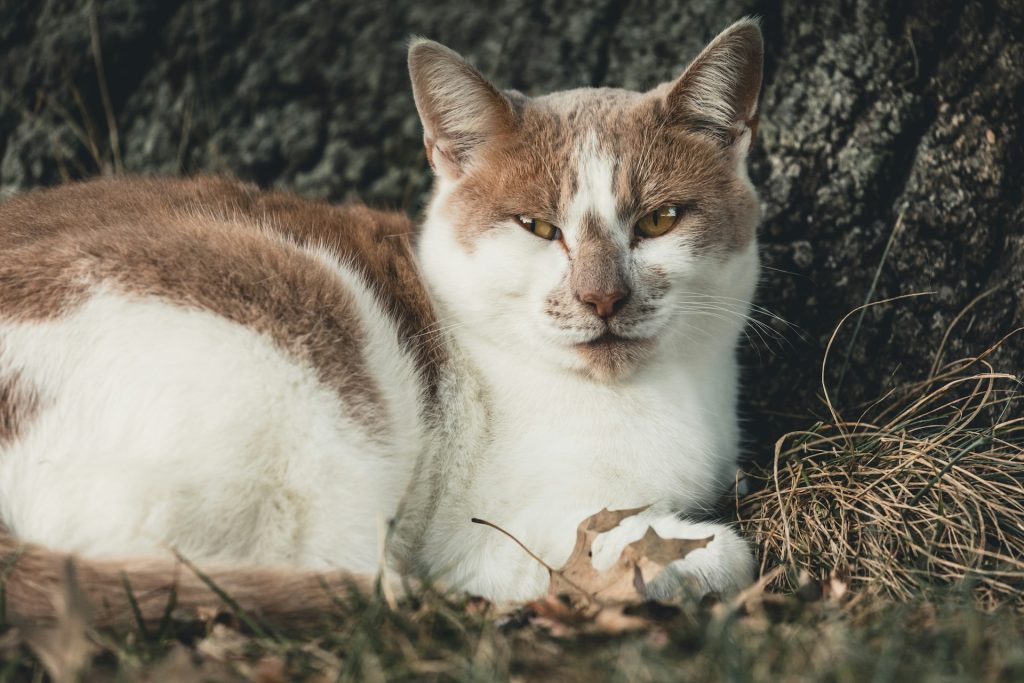
Common Health Issues Causing Cat Drooling
Dental problems like periodontal disease, along with oral injuries, are frequent culprits behind a cat’s drooling. Motion sickness can also trigger this response, as can the ingestion of toxins or foreign objects. When cats drool due to health concerns, it is often a sign that a trip to the health center or a vet appointment is needed. Paying attention to additional symptoms, such as signs of poisoning, changes in cat behavior, or issues with your cat’s teeth, can help determine if the drooling is a sign of a more serious condition, rather than merely an indication that your cat is relaxed and content.
Dental Disease: A Leading Cause of Drooling
Excessive cat drooling is often a red flag for dental disease, which is prevalent among cats. Cats can develop painful conditions like mouth ulcers, resorptive lesions, and other mouth issues that can lead to dental discomfort. These ailments can prompt a cat to drool excessively and exhibit difficulty eating. A comprehensive oral exam by a veterinarian is necessary to diagnose these problems, followed by appropriate dental treatment to alleviate the cat’s pain and restore dental health.
Uncovering Upper Respiratory Infections
Upper respiratory infections can cause oral ulcers and subsequent drooling in cats. Affected cats might show additional symptoms such as sneezing, nasal discharge, and a lack of appetite. Veterinary assessment is key to identifying the specific virus and providing the proper treatment to help the cat recover.
Addressing Neurological Disease
Neurological diseases that affect a cat’s ability to manage food in their mouth or swallow can result in drooling. Issues with cranial nerves or overall weakness in the body can lead to a variety of neurological signs. Diagnostics and treatment planned by a veterinarian can help manage these conditions and improve the cat’s quality of life.
The Threat of Neoplasia (Cancer)
Cats are at risk for various forms of cancer, and neoplasia affecting the oral cavity can cause symptoms such as drooling, difficulty eating, and oral bleeding. Early detection and treatment are critical for the best possible outcome, making regular veterinary check-ups an important part of a cat’s health care routine.
Behavioral and Environmental Factors
Certain behavioral and environmental factors can also contribute to a cat’s drooling. Stress, anxiety, and changes in the cat’s surroundings may lead to temporary increases in drooling. Understanding the role these elements play in your cat’s health can help prevent unnecessary stress and ensure a happier, healthier pet.
The Role of Stress and Anxiety in Feline Drooling
Stress and anxiety can have significant effects on a cat’s well-being, including causing temporary episodes of drooling. Conditions such as inflammatory bowel disease could be exacerbated by stress, manifesting in symptoms like increased drooling. Addressing the source of stress and consulting with a veterinarian can help manage anxiety and reduce drooling related to these emotional states.
Heatstroke: A Dangerous Culprit
Heatstroke in cats can lead to excessive salivation as the body attempts to cool itself. This distressing sign often occurs alongside dehydration when cats are exposed to high temperatures without relief. Recognizing early symptoms like drooling, lethargy, and elevated heart rate is critical in preventing this life-threatening condition.
Deciphering Bitter Tastes and Trauma
Cats experiencing the unpleasant sensation of bitter tastes, often from oral medications, may respond with dramatic drooling. To alleviate their discomfort, providing water or a treat can help rinse the offending flavor. Additionally, trauma to the mouth or exposure to electrical cords may also initiate excessive salivation, necessitating careful monitoring and training to avoid such hazards.
When Affection Leads to Drooling
For some cats, drooling is a sign of contentment and relaxation, particularly when receiving affectionate pets from their owners. While this behavior is usually harmless, it’s important to note that consistent patterns of drooling in response to affection are normal, whereas sudden onset of drooling in these circumstances may warrant further investigation.
Is It Normal for Cats to Drool When Petted?
Indeed, it is not uncommon for cats drooling to occur as a coping mechanism when they are extremely content, such as when they knead their paws during a petting session. However, if a cat drools suddenly and it’s a new behavior, it could indicate underlying oral issues. Observing the context and duration of drooling helps distinguish between harmless and concerning signs.
Recognizing When to Seek Veterinary Care
If a cat’s drooling is persistent and accompanied by behavioral changes or signs of discomfort, it could signify a health problem. Such symptoms should prompt a visit to the veterinarian for a thorough examination. Early detection is crucial in addressing potential underlying issues before they escalate.
Identifying Signs of Serious Health Issues
Excessive drooling can be a red flag for serious conditions like kidney disease. When a cat is drooling excessively, it’s important to pay close attention to their overall oral health and look for other symptoms such as changes in appetite or unusual behavior. These signs often indicate that immediate veterinary care is needed.
The Importance of Prompt Vet Visits for Drooling Cats
Abnormal drooling can be the first clue to a variety of health issues ranging from foreign body ingestion to signs of dental distress. A thorough physical exam can help identify the cause, including the need for tooth extractions or other treatments. Using a symptom checker may help, but it’s essential to consult a vet to uncover any underlying issues promptly.
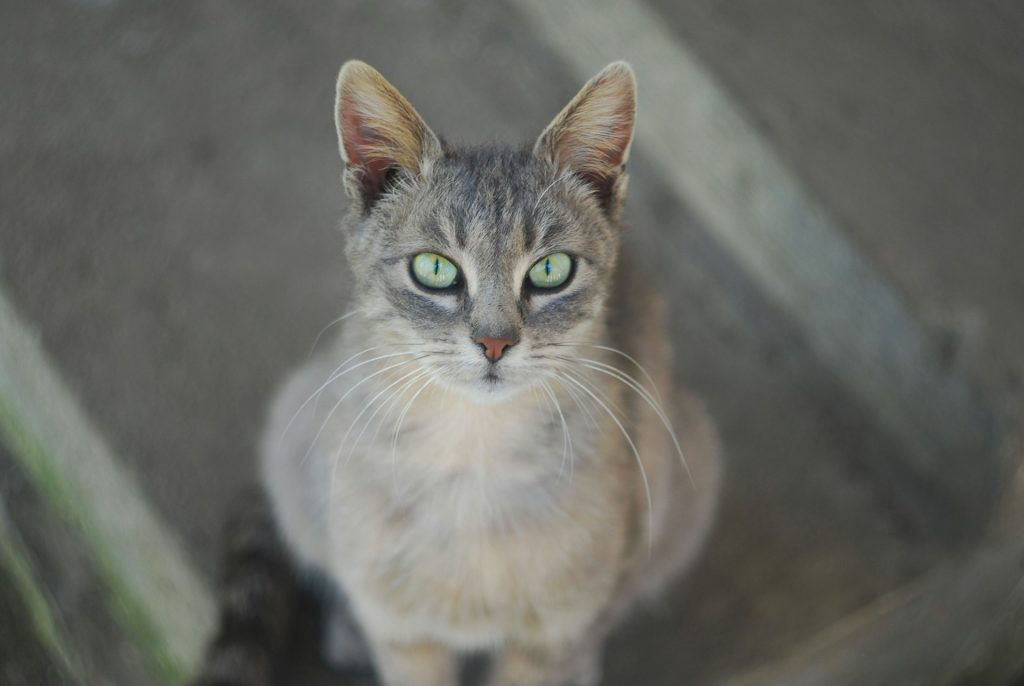
Preventative Measures and Home Care Tips
Preventing health issues in cats often starts at home with proactive measures. Ensuring cats have access to clean water, regular dental care, and a safe environment can mitigate many common causes of drooling. Additionally, staying vigilant for any signs of illness or distress is key to their overall well-being.
Maintaining Oral Hygiene
Maintaining good oral hygiene is vital for preventing excessive drooling due to dental issues. Regular veterinary check-ups and cleanings help keep a cat’s teeth and gums healthy, reducing the risk of dental disease and its associated symptoms.
Monitoring for Potential Hazards
Protecting cats from toxic substances and potential choking hazards is an essential aspect of pet care. Regular home inspections to remove or secure small objects, electrical cords, and poisonous materials can prevent accidents. Awareness of the cat’s environment is a key step in ensuring their safety and health.
Wrapping Up the Mystery of Feline Drooling
Understanding why a cat is drooling can be a complex puzzle, with pieces ranging from expressions of contentment to signs of distress or underlying health problems. Occasional drooling in cats, particularly when they are relaxed or being petted, tends to be normal behavior. However, it’s essential to observe your cat closely for any changes that might indicate a deeper issue. For instance, if drooling continues alongside other symptoms like mouth pain, it could point to dental problems that require veterinary attention.
In some cases, environmental factors such as stress or fear can stimulate drooling, especially during events that are unsettling for the cat, like car rides or thunderstorms. Typically, this type of drooling is temporary and resolves once the cat feels secure again. Nevertheless, persistent or excessive drooling, especially if accompanied by changes in behavior or appetite, should not be ignored, as it may signal an underlying health problem that needs medical intervention.

Hi, I’m Zoey, a devoted mom to two charming Siamese cats. My passion lies in assisting fellow pet owners in providing optimal care for their cats. On CatsEuphoria, I share practical tips and relatable stories, inviting you to join me in appreciating the authentic bond between humans and our beloved feline companions.

